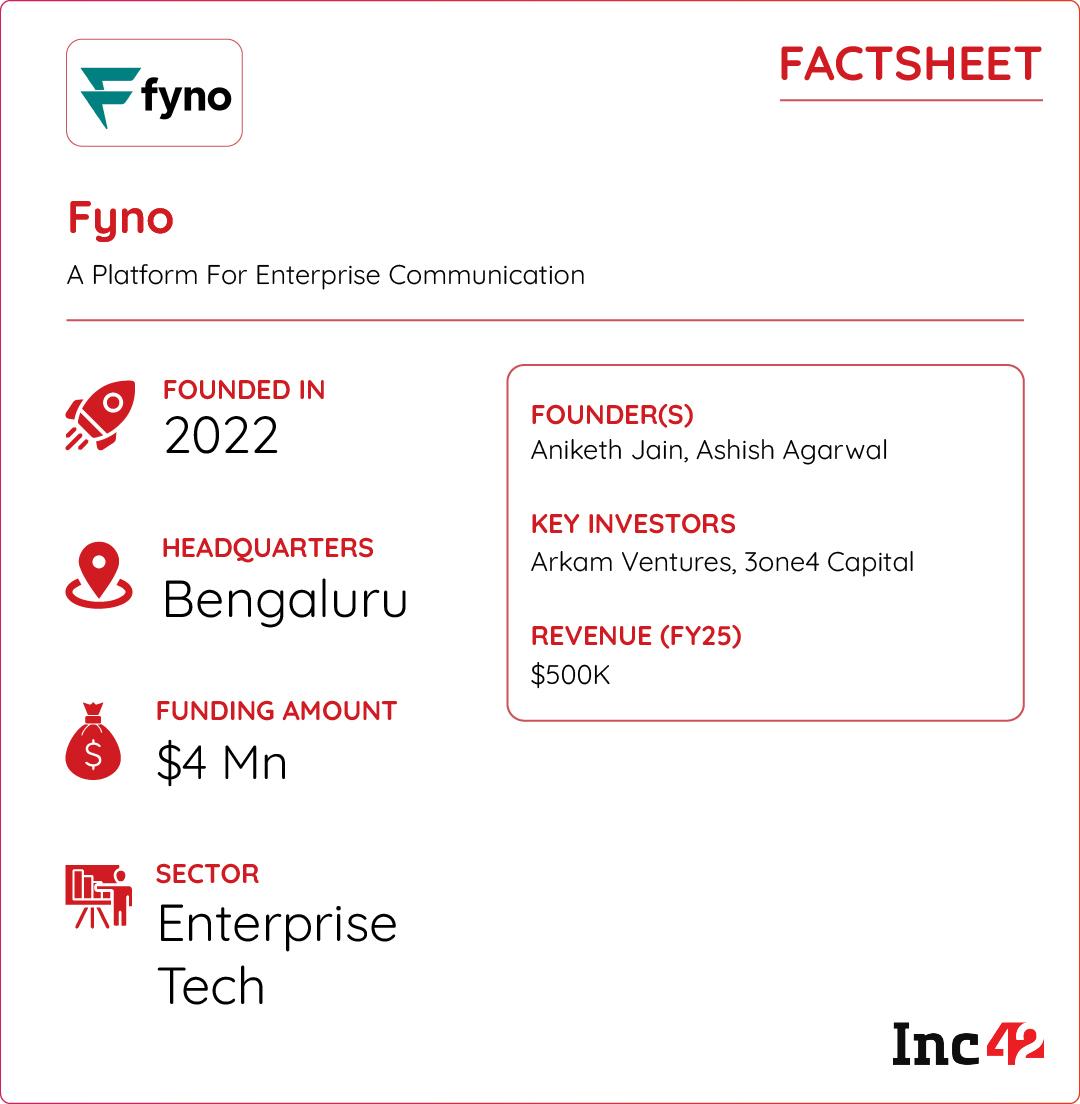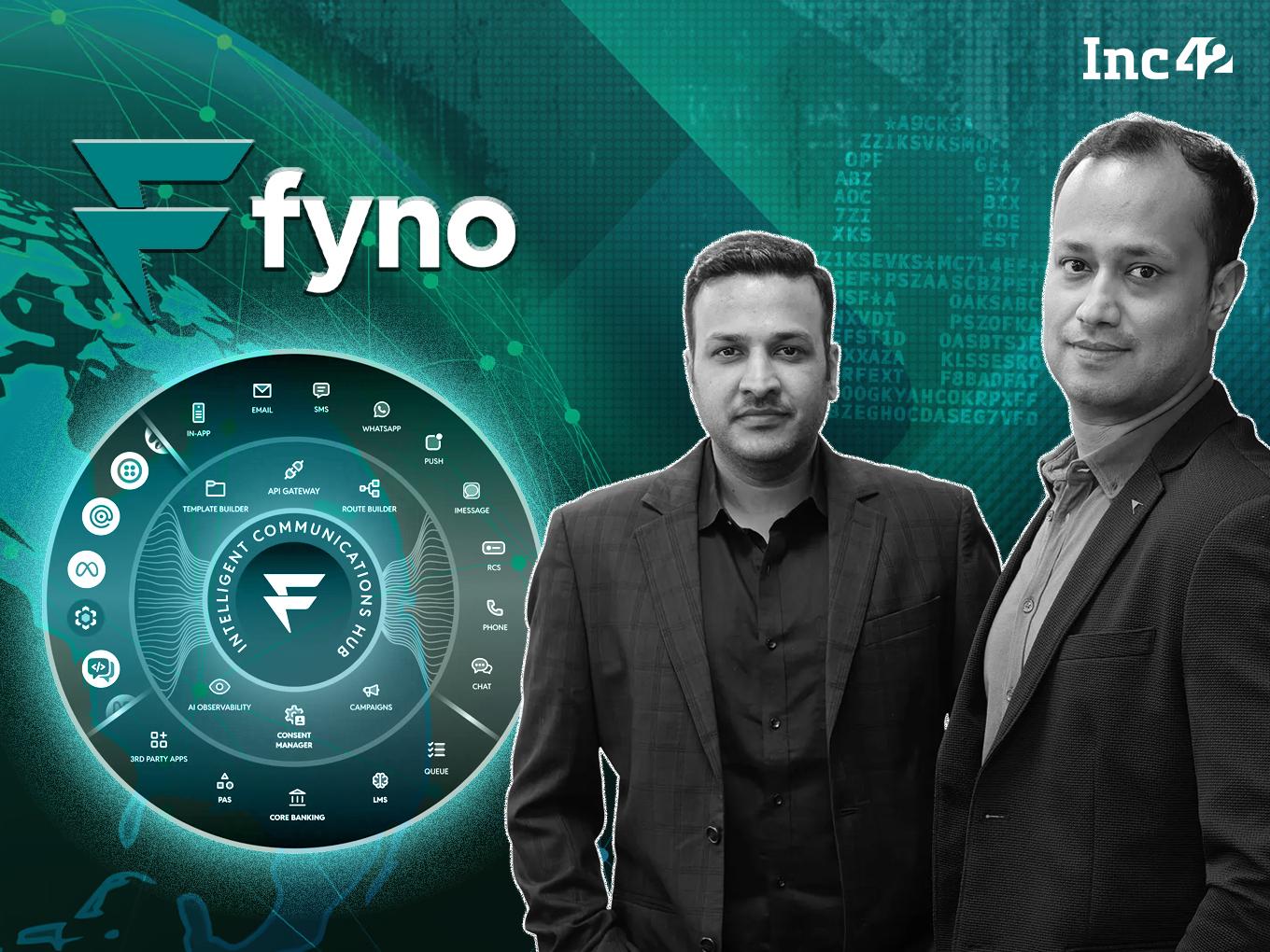The rise of remote working and transformation of businesses into the digital-first format have changed how organisations communicate. From instant messaging and collaboration apps to AI assistants and workflow automation – today’s workplace is powered by an ever-growing stack of tools that promise speed and efficiency. But, beneath the surface, enterprise communication remains fundamentally fragmented.
Despite newer tools flooding the market, most internal and external communications continue to run on good-old emails. Tools like SMSes, push notifications, WhatsApp, in-app messages and voice offer greater flexibility, but bring along complexities because of a lack of intelligent coordination between them.
Far from advancing the system, this has quietly created a perpetual problem for modern-day enterprises. We call it communication chaos. Messages are duplicated, customers are spammed, teams operate in silos, and companies overspend on outreach that fetches little returns.
That’s where Fyno found its way. Set up in 2022 by Aniketh Jain and Ashish Agarwal, Fyno acts as an intelligent communication orchestration layer for new-age, multi-channel digital enterprises. It brings all channels, tools and teams into a single, unified hub.
Instead of letting messages fired blindly from different systems, Fyno adds context, logic and intelligence to every interaction. It decides what to send, when to send, which channel to use, and who it is be addressed.
The founder duo realised the issue of lack of coordination long back, when they set up Kaleyra more than a decade ago. The bootstrapped startup went on to become a leading enterprise communications platform, serving giants like Amazon, Flipkart, Ola and Uber with SMS and voice-based solutions. Over the next 13 years, Kaleyra revenues reached $25 Mn and it went on to list on the New York Stock Exchange. The startup was finally acquired by Tata Communications in 2022.
During that journey, Jain noticed something critical – companies were investing heavily in more communication channels, but none of them was truly working in coherence, teams were operating on siloed systems, customers were being bombarded by duplicate messages, and expensive communication infrastructure was being used blindly, without context or intelligence.
This was the insight that paved the way for their second entrepreneurial journey.
Inside The Messaging Orchestration
Fyno does not want to position itself as just another aggregation or messaging platform. It has developed a communication orchestration layer that unifies all enterprise communications into a single, centralised hub.
Rather than forcing organisations to replace their existing vendors, Fyno natively integrates with over 100 applications and allows enterprises to seamlessly onboard their existing partners on one platform. It brings together product, marketing, engineering, and compliance teams into one collaborative environment to design, control, and optimise communication journeys.
“Our true strength lies in what we do beyond unification. As global regulations tighten and consent-based communication becomes mandatory, Fyno acts as a built-in consent and compliance engine,” Jain said.
Fyno captures user preferences at a granular level and ensures that communication policies are strictly enforced. If a user opts out of receiving a specific type of message on a specific channel, it automatically prevents that message from being sent — protecting both the user’s privacy and the organisation’s regulatory standing.
“We stay ahead of constantly evolving regulations driven by bodies like the RBI and SEBI. While most enterprises would need months of engineering to implement such changes, Fyno auto-adapts to the new requirements – from mandatory domain structures to channel-specific compliance rules – allowing businesses to remain agile without disrupting their internal roadmaps.”
span {
margin: 0;
padding: 3px 8px !important;
font-size: 10px !important;
line-height: 20px !important;
border-radius: 4px !important;
font-weight: 400 !important;
font-style: normal;
font-family: noto sans, sans-serif;
color: #fff;
letter-spacing: 0 !important;
}
.code-block.code-block-55 .tagged {
margin: -4px 0 1px;
padding: 0;
line-height: normal;
}
@media only screen and (max-width: 767px){
.code-block.code-block-55 {
padding:20px 10px;
}
.code-block.code-block-55 .recomended-title {
font-size: 16px;
line-height: 20px;
margin-bottom: 10px;
}
.code-block.code-block-55 .card-content {
padding: 10px !important;
}
.code-block.code-block-55 {
border-radius: 12px;
padding-bottom: 0;
}
.large-4.medium-4.small-6.column {
padding: 3px;
}
.code-block.code-block-55 .card-wrapper.common-card figure img {
width: 100%;
min-height: 120px !important;
max-height: 120px !important;
object-fit: cover;
}
.code-block.code-block-55 .card-wrapper .taxonomy-wrap .post-category {
padding: 0px 5px !important;
font-size: 8px !important;
height: auto !important;
line-height:15px;
}
.single .code-block.code-block-55 .entry-title.recommended-block-head a {
font-size: 10px !important;
line-height: 12px !important;
}
.code-block.code-block-55 .card-wrapper.common-card .meta-wrapper .meta .author a, .card-wrapper.common-card .meta-wrapper span {
font-size: 8px;
}
.code-block.code-block-55 .row.recomended-slider {
overflow-x: auto;
flex-wrap: nowrap;
padding-bottom: 20px
}
.code-block.code-block-55 .type-post .card-wrapper .card-content .entry-title.recommended-block-head {
line-height: 14px !important;
margin: 5px 0 10px !important;
}
.code-block.code-block-55 .card-wrapper.common-card .meta-wrapper span {
font-size: 6px;
margin: 0;
}
.code-block.code-block-55 .large-4.medium-4.small-6.column {
max-width: 48%;
}
.code-block.code-block-55 .sponsor-tag-v2>span {
padding: 2px 5px !important;
font-size: 8px !important;
font-weight: 400;
border-radius: 4px;
font-weight: 400;
font-style: normal;
font-family: noto sans, sans-serif;
color: #fff;
letter-spacing: 0;
height: auto !important;
}
.code-block.code-block-55 .tagged {
margin: 0 0 -4px;
line-height: 22px;
padding: 0;
}
.code-block.code-block-55 a.sponsor-tag-v2 {
margin: 0;
}
}
]]]]>]]>
In addition, Fyno provides end-to-end visibility into every message sent. Organisations can view complete communication trails at a user level, whether a message was delivered or failed or opened or unsubscribed from. This allows enterprises to eliminate redundancy, improve engagement, and significantly reduce communication costs through data-backed optimisation.
What truly sets Fyno apart, however, is its independence. While many players in the industry are both aggregators and orchestration providers, effectively acting as both the player and the referee, Fyno plays a single, neutral role: the independent control layer. It carries no bias towards any particular vendor and gives organisations transparent, real-time insights into vendor performance and message quality.

How Fyno’s Tech Stack Works
Fyno is deployed either on a bank’s preferred cloud environment or within its on-premise infrastructure. This hybrid deployment model is critical for BFSI organisations that are cautious about where customer data is stored and processed, according to Jain.
The startup is built on an event-based architecture. Every trigger – whether it’s an OTP request or a transaction or a system alert – is processed as an event, enabling the platform to respond in real time. “It can process up to 80,000 communications per second,” he claimed.
If a message fails on one channel or with one provider, the platform does not wait. It automatically shifts to another available provider or channel in real time. For example, if an OTP is not delivered through one telecom operator, it is instantly rerouted through another. “It can do real-time failover across channels and across providers. If Airtel doesn’t deliver, it immediately switches to Jio and delivers the message,” he explained.
The platform has an RP99 (response percentile) of under 50 milliseconds, making it suitable for high-volume, time-sensitive use cases such as banking authentication and transaction confirmations.
Fyno is built to handle 5-6 Bn communications annually, catering to the massive messaging needs of banks, NBFCs, microfinance institutions and insurance companies.
How It Maps The Way To Make Money
Fyno generates revenue through two models. The primary offering is an enterprise licensing model, where pricing depends on deployment size, features and scale. For organisations not ready to commit to a full on-premise deployment, Fyno also offers a managed SaaS model with a pay-as-you-use structure.
“Customers typically start on SaaS, build trust in the platform in six months to a year, and then migrate to a full enterprise deployment,” says Aniketh.
Fyno does not serve early-stage startups. Its customer base is focussed on regulated financial institutions such as scheduled banks, regional rural banks, cooperative banks, NBFCs and insurance providers.
Fyno is still in the early stages of its commercial journey. After spending close to two years building out its core platform, strengthening its compliance infrastructure and establishing its market positioning, the company began generating revenue only in the past year. In FY25, the startup reported a revenue of a little over $0.5 Mn. Jain hopes that it will end this fiscal with a $2 Mn revenue.
For FY27, he target a topline of $5 Mn, driven largely by deeper penetration into the BFSI sector, expansion of enterprise contracts and broader adoption of its communication orchestration platform across large financial institutions.
The SaaS startup has raised $4 Mn in a funding round co-led by Arkam Ventures and 3one4 Capital to expand its go-to-market operations and strengthen its AI-driven communication platform for enterprises.
How It Shouts Out In A Chaotic Market
Fyno’s revenue numbers look modest against the backdrop of a large and crowded global communications API market. The startup is growing in an industry where sales cycles run into months, integrations take time and trust is earned through compliance, not speed. In BFSI and insurance, adoption is slow, but once a platform is embedded, it becomes fundamental to operations.
At the same time, the broader communications landscape becomes increasingly fragmented. Organisations today rely on multiple vendors for different channels: one for SMS, another for email, a third for WhatsApp, and still more for voice or push notifications. Each system operates in isolation, each requires its own integration, and each produces its own data. What looks like a robust, multi-channel setup on the surface is, in reality, a tangled web that is hard to monitor, control or optimise.
Fyno isn’t building yet another gateway in this ecosystem. It is building the layer above it – a neutral, independent orchestration platform that connects all existing vendors into a single, controlled system. Instead of asking enterprises to rip and replace their current partners, it allows them to bring those partners onto one unified platform. “It’s like one API in, many channels out, one dashboard, instead of several, and one system of control, instead of many disconnected ones,” Jain said.
With very few direct competitors in this specific layer, especially in India, Fyno isn’t just competing for market share, its larger aim is to create a new role in the enterprise communication stack.
[Edited by Kumar Chatterjee]
]]>
